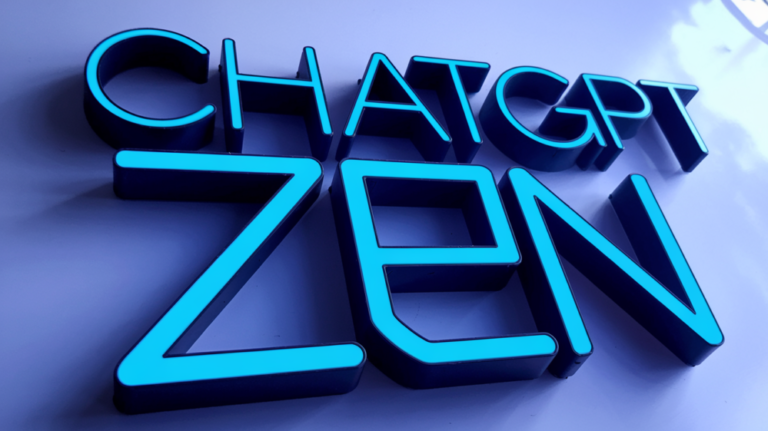[Intro]
Welcome back, everyone! In today's video, we'll explore why you should consider using PaLM 2, the latest language model from Google, and how it compares to ChatGPT. Let's jump right in!
[Segment 1: Advanced Reasoning]
PaLM 2 sets itself apart by excelling at advanced reasoning tasks. Unlike ChatGPT, PaLM 2 can break down complex tasks into simpler subtasks and understand the nuances of human language. It shines in deciphering riddles, idioms, and other instances requiring comprehension of figurative meanings.
[Segment 2: Multilingual Translation]
PaLM 2 surpasses ChatGPT in multilingual translation. While ChatGPT has translation capabilities, PaLM 2 was pre-trained on a much larger and more diverse corpus of languages. This makes PaLM 2 highly proficient in handling translation tasks across a wide range of languages.
[Segment 3: Coding]
PaLM 2 surpasses ChatGPT in multilingual translation. While ChatGPT has translation capabilities, PaLM 2 was pre-trained on a much larger and more diverse corpus of languages. This makes PaLM 2 highly proficient in handling translation tasks across a wide range of languages.
When it comes to coding, PaLM 2 outshines ChatGPT. While ChatGPT can assist with coding, PaLM 2 was specifically trained on a vast dataset including web pages and source code. This specialized training empowers PaLM 2 to generate code in popular languages like Python and JavaScript, as well as specialized languages such as Prolog, Fortran, and Verilog.
PaLM 2's development involved innovative techniques to enhance its performance and responsible use.
The three key advancements in PaLM 2 are:
1. Compute-optimal scaling: PaLM 2 achieves better overall performance while being smaller in size compared to ChatGPT. It offers faster inference, fewer parameters to serve, and lower serving costs.
2. Improved dataset mixture: PaLM 2 utilizes a more diverse and multilingual pre-training mixture than ChatGPT. It incorporates hundreds of human and programming languages, mathematical equations, scientific papers, and web pages, enabling PaLM 2 to handle a broader range of tasks.
3. Updated model architecture and objective: PaLM 2 features an improved architecture and has been trained on various tasks, enabling it to grasp different aspects of language more effectively.
PaLM 2 has been rigorously evaluated and achieves state-of-the-art results in reasoning benchmarks like WinoGrande and BigBench-Hard. It surpasses ChatGPT in multilingual translation benchmarks such as XSum, WikiLingua, and XLSum. PaLM 2 also enhances translation capabilities over both ChatGPT and Google Translate, particularly in languages like Portuguese and Chinese.
In summary, PaLM 2 offers advanced reasoning, superior multilingual translation, and enhanced coding capabilities compared to ChatGPT. Its compute-optimal scaling, improved dataset mixture, and updated model architecture contribute to its outstanding performance and responsible AI deployment. Whether you need precise reasoning, comprehensive translation, or specialized coding assistance, PaLM 2 is a powerful tool to consider.
Thank you for joining us today as we explored the incredible features of PaLM 2. We hope this overview has provided valuable insights into why you should consider using PaLM 2 and how it surpasses its predecessors in various aspects. If you have any questions or thoughts, please leave them in the comments below. Don't forget to like and subscribe to Moneyfesting AI for more exciting updates. Until next time, happy exploring with PaLM 2!
#PaLM2 #language model #advanced reasoning #multilingual translation #coding, compute-optimal scaling, improved dataset mixture, model architecture, responsible AI, Med-PaLM 2, Sec-PaLM, Google, language processing, translation capabilities, coding support, responsible development, biases, harmful impacts, research, in-product applications, state-of-the-art models, language enthusiasts, developers state-of-the-art, machine learning, artificial intelligence, language processing, translation capabilities, coding assistance, responsible development, biases, harmful impacts, research advancements.










